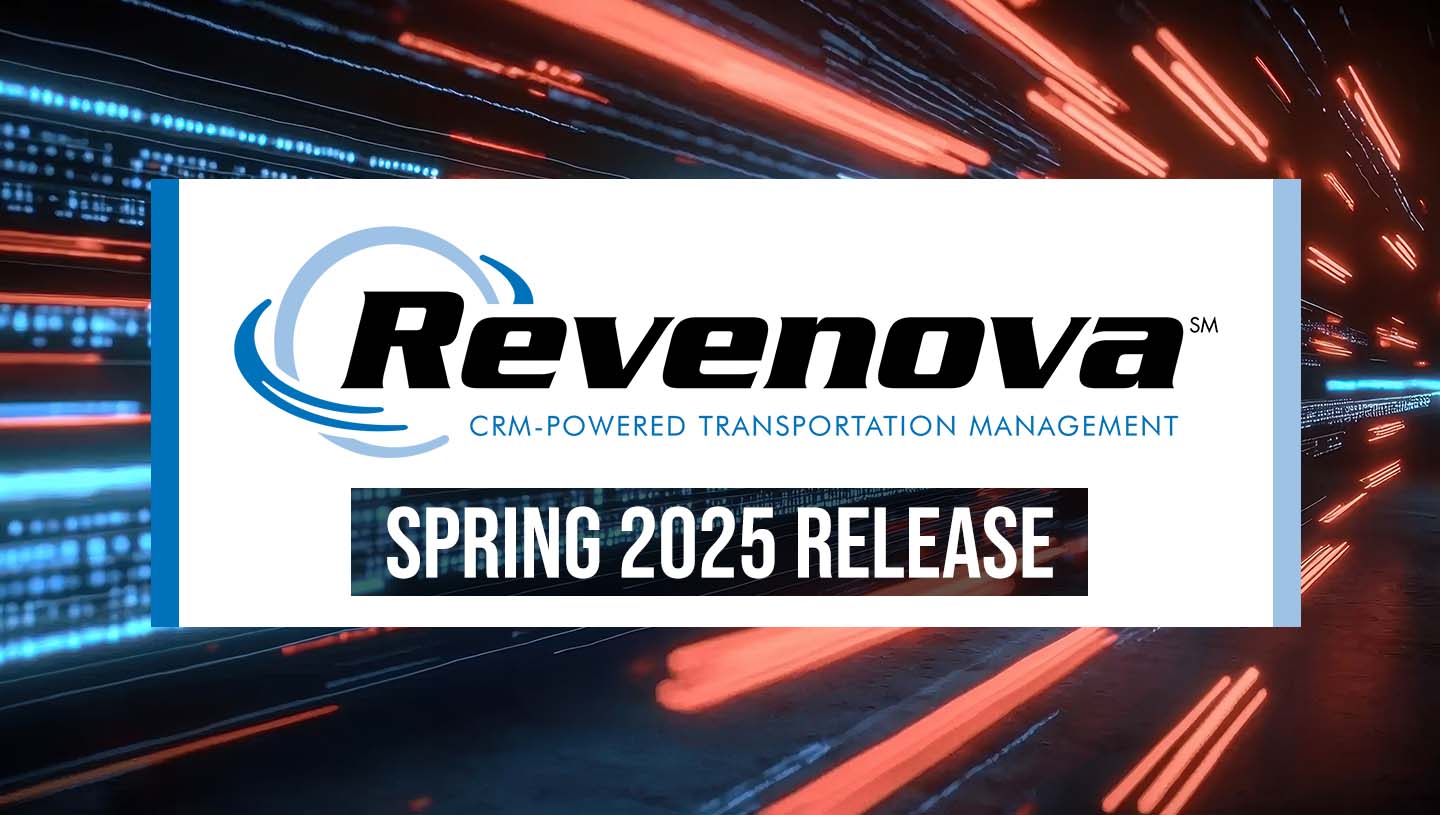
Decoding the 2025 LTL Landscape: What Shippers Need to Know (Part I)
In November, the National Motor Freight Traffic Association, Inc. (NMFTA™) announced major changes to the way less-than-truckload (LTL) freight is classified. The association is using a phased-in approach, with the first phase of changes going into effect on July 19th. Shippers and carriers are being urged to take action now to avoid confusion and delays once the new classification rules go into effect.
So what’s changing? According to the NMFTA, the first phase will include:
- Standardized density scale for LTL freight with no handling, stowability and liability issues.
- Unique identifiers for freight with special handling, stowability or liability needs.
- Condensed and modernized commodity listings.
- Improved usability of the ClassIT classification tool.
“These changes will focus heavily on simplifying the process and improving transparency for shippers, carriers, and third-party logistics (3PLs) providers,” said NMFTA COO Joe Ohr, in a press release that details the changes. “Additionally, it’s our goal to enhance the user experience with ClassIT, the NMFC’s online counterpart. These updates will increase the overall efficiency for classifying freight so that users can experience more accurate results on the first attempt. This will, in part, be done via a new application programming interface (API).”
How Did We Get Here?
Historically, the LTL classification system relied on a combination of factors, including density, handling, stowability and liability. By placing a greater emphasis on density – the weight of the shipment relative to its volume – the NMFTA wants to create a more objective and easily measurable standard. Density directly correlates with the space a shipment occupies on a truck, which is a key cost factor for carriers.
The move towards a density-based approach also addresses inherent complexities and inaccuracies within the traditional LTL classification model. For example, using multiple classification factors often led to inconsistencies in pricing; frequent reclassifications; and billing disputes between shippers and carriers.
In 2024, the Freight Classification Development Council (FCDC) conducted public meetings to discuss the proposals for amending the NMFC and ClassIT. Professionals who use the NMFC were encouraged to submit written statements sharing feedback on the proposed changes to be addressed during each expected meeting. In addition, the NMFTA staff hosted ClassIT+ Listening Sessions focused on ClassIT + APIs.
Impacts for Carriers & Shippers
Knowing that the shift to density-based classifying will be challenging for some, the NMFC has created numerous resources to help ease the transition. “The National Motor Freight Classification (NMFC®) can be confusing and that’s why we’re making major changes to streamline your experience in classifying LTL freight,” the group says. “NMFTA is committed to working with the industry to make the transition smooth.”
For example, the association created an item lookup tool that helps shippers determine whether their goods will fall under the new classification guidelines. It’s also offering a shipper checklist that companies can use to get ahead of the transition. The checklist advises companies to take steps like:
- Understand your shipping process. Identify inefficiencies in your shipping workflow.
- Review your packaging. Is your LTL freight as dense and compact as possible?
- Make recording the dimensions of your shipping units mandatory This will be key to getting the proper class.
- Record handling unit dimensions on the bill of lading (BOL) Ensure weight and dimensions are listed correctly.
- Understand how different LTL carriers operate. Not all LTL networks are the same, and classification rules may vary slightly.
- Ask how you can improve your freight stowability. Your handling units should maximize trailer space efficiency.
- What info do LTL carriers have about your freight? Can they give some insight on if the changes affect your freight?
- Access the NMFC Docket 2025-1 and Disposition Bulletin
Ensure your traffic and pricing team has the most up-to-date reference guide.
For carriers, key changes will include updates to classification criteria, new class structures (which can impact how certain types of freight is billed) and compliance requirement updates. To prepare for the July rollout, NMFTA is advising carriers to:
- Review the disposition bulletin to verify that all classification changes are correctly updated in your systems.
- Cross-check commodity classifications and adjust internal tariff structures accordingly.
- Train pricing, operations, and sales on how to address these changes with customers.
- Communicate with shippers and 3PLs to ensure they are aware of the correct classifications before July 19.
By taking these steps, organizations can mitigate potential disruptions and position themselves for a smoother transition into this evolving era of LTL shipping. Stay informed, adapt strategically, and embrace the opportunity for greater accuracy and efficiency in your supply chain.
In Part II of this blog series we’ll give you more tips on how to deal with the changes and explain the important role that a modern, cloud-based transportation management system (TMS) can play in navigating this evolving LTL landscape. We’ll explore the technological solutions that will be instrumental in decoding the 2025 LTL landscape and optimizing your freight operations.
To learn more about Revenova TMS, Request a Demo. Follow Revenova on LinkedIn, YouTube, and X for the latest updates and news about Revenova TMS, the original CRM-powered Transportation Management System.




